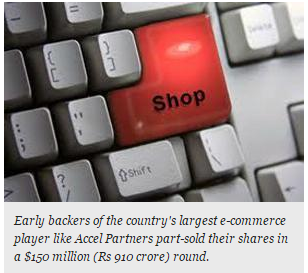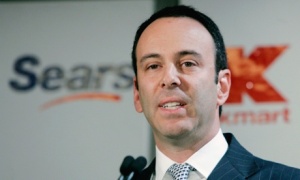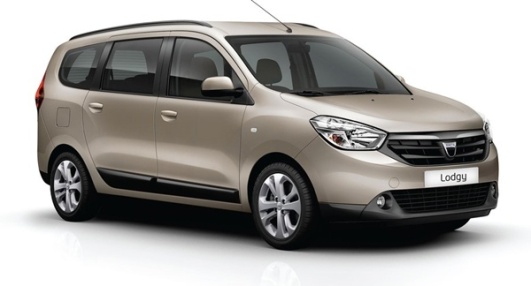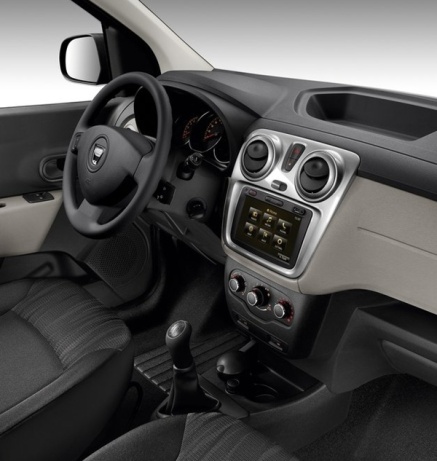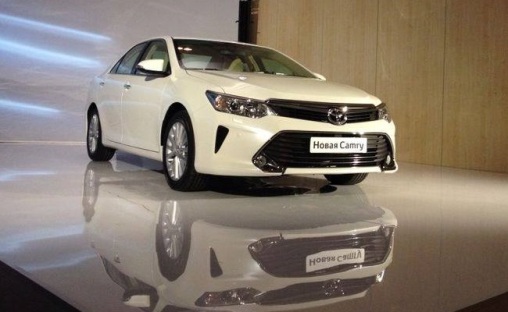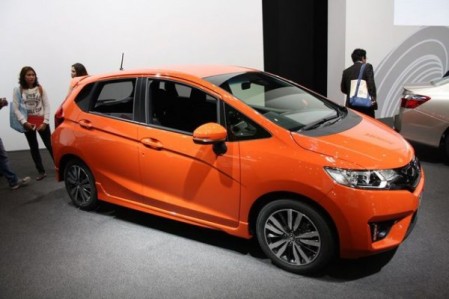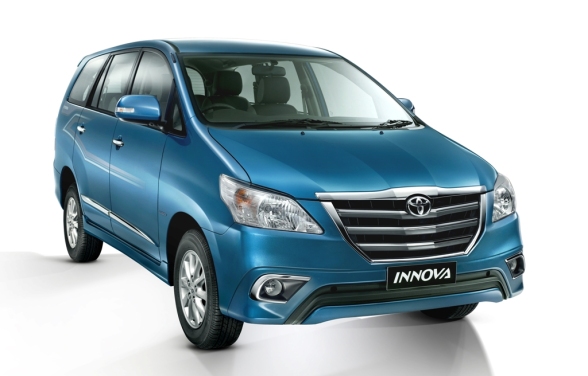In India’s burgeoning e-commerce sector, hundreds of online retailers are peddling food, fashion, furniture — and everything in between. As fervent global investors set the sector ablaze, the biggest boom is in the category of deliverymen, the uniformed workers who lug bagfuls of packages to the doorstep of online shoppers.
India’s most valued e-commerce firm, Flipkart (current valuation $11 billion) for instance, currently delivers 5 million shipments every month.
According to Reuters report, shares of third-party delivery firms such as Gati and Transport Corp have risen over 80 percent this year in India’s $50-billion logistics sector.
Many of these deliverymen have 12-hour workdays and nearly all ride two-wheelers in chaotic Indian traffic in unpredictable, even extreme weather. These nameless men are fueling the dizzying dollar valuations of brands like Flipkart and Snapdeal but are the unseen face of the emerging sector. It is these reliable workers who get the goods to impatient customers who order ‘same day’ or ‘overnight’ supply. They collect cash for ‘Cash on Delivery’ shipments and pick up returns and exchanges.
A tangible and early consequence of the online retail explosion is the availability of thousands of these delivery jobs to men in their twenties with driving skills and minimal education. Barely any training is involved. In India’s ever-expanding e-commerce sector where hiring is growing speedily , delivery employees is the fastest-growing segment of workers.
Even so, finding suitable deliverymen is challenging for the sector despite half of India’s 1.3 billion people being under 25. Complaints of shortage are common. Such is the demand that there is large-scale poaching from traditional firms, such as courier delivery firms and pizza delivery chains, is rampant.
With online retail becoming competitive, many e-retailers have their own delivery staff. Some niche Indian online retailers are training their delivery workers in grooming and customer service.
In the West, pilots by the large e-retailers like Amazon are attempting to replace the deliverymen with remote-control drones who aiming for ’30 minutes or less’ deliveries. In India at least, deliverymen will keeping online retail wheels turning for some time.
Google called these ordinary workers ‘unsung heroes’ in a recent video, whose release was timed with its Great Online Shopping Festival earlier this month.



